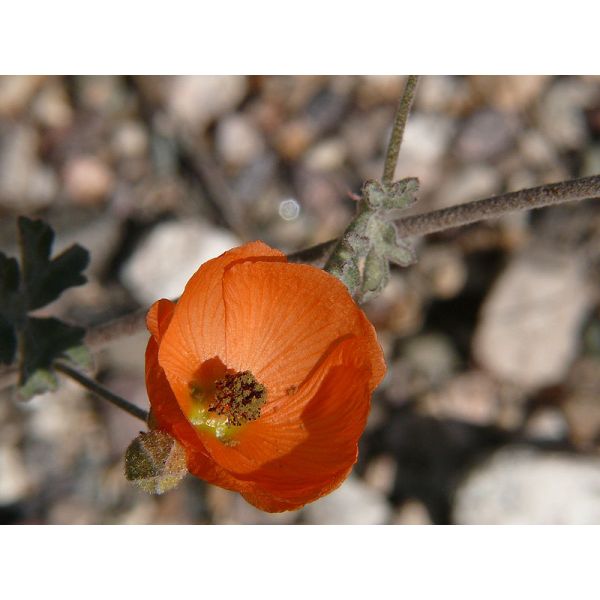Desert Globemallow Seeds (Sphaeralcea ambigua)
Desert Globemallow Seeds (Sphaeralcea ambigua)
Sphaeralcea ambigua, commonly known as Desert Globemallow or Apricot Mallow,
is a member of the genus Sphaeralcea in the mallow family (Malvaceae).

Delivery
All orders shipped with UPS Express.
Always free shipping for orders over US $250.
All orders are shipped with a UPS tracking number.
Returns
Items returned within 14 days of their original shipment date in same as new condition will be eligible for a full refund or store credit.
Refunds will be charged back to the original form of payment used for purchase.
Customer is responsible for shipping charges when making returns and shipping/handling fees of original purchase is non-refundable.
All sale items are final purchases.
Help
Give us a shout if you have any other questions and/or concerns.
Email: [email protected]
Phone: +1 (23) 456 789
Availability: In stock
SKU
Sphaeralcea ambigua
Sphaeralcea ambigua, commonly known as Desert Globemallow or Apricot Mallow,
is a member of the genus Sphaeralcea in the mallow family (Malvaceae).
It is a perennial shrub native to parts of California, Nevada, Utah, Arizona, and New Mexico in the U.S.; and Sonora and Baja California in Northwest Mexico.
It grows well in alkaline soil, both sandy or clay, usually in the company of creosote bush scrub and desert chaparral habitats, from 150?2,500 metres (490?8,200 ft) in elevation.
It is found in the Mojave Desert, Great Basin deserts, and Sonoran Desert ecoregions.
The Sphaeralcea ambigua plant grows to 3 feet (0.91 m) in height, and spreads to 2?3 feet (0.61?0.91 m) in width.
The leaves (see lower left image) are fuzzy with white hairs on both sides, lobed, palmately veined, and on long stems, the number of which increase with age. The fruit is a brown capsule containing numerous seeds, first quite spherical as implied by the genus name, later flattening to a disk (see top left image).
The flowers are bowl-shaped, 5-petaled, apricot to orange in color, and bloom in the spring.
| Label | Sphaeralcea ambigua |
|---|---|
| Common name | Desert Globemallow or Apricot Mallow |
| Family | Malvaceae |
| Genus | Sphaeralcea |
| Species | Sphaeralcea ambigua |
| Therapeutic uses | The plant was used by members of the Shoshoni tribe of Native Americans as a food source and medicinal plant. |
| Germination | Sphaeralcea ambigua is cultivated as an ornamental plant by specialty plant nurseries for use in desert and drought tolerant gardens, and a native plant its desert region's natural landscaping and habitat restoration projects. Cultural Requirements : *Exposure: full sun *Water: natural rainfall; supplemental water will increase flowering *Soil: desert soil, tolerant of some clay, prefers good drainage *Propagation: easy by seed; tricky by vegetative cuttings, best results from first flush of new spring growth *Maintenance: low, periodically cut back to keep vegetative look |
| Price View | Price Range |

